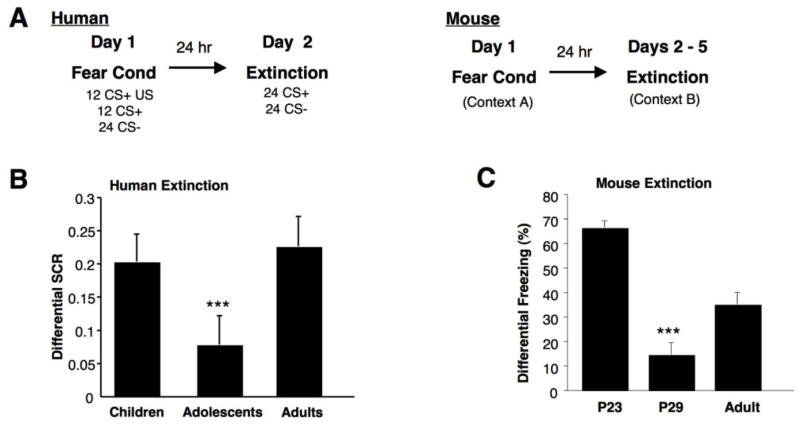Figure 2. Cued extinction learning and spontaneous recovery across development in mice and humans.
(A) Behavioral paradigms for parallel fear conditioning experiments in humans and mice. (B) Analysis of extinction indices [(Averaged first two extinction trials) – (Averaged last two extinction trials)] reveals a main effect of age group for humans, such that adolescents display attenuated fear extinction learning compared to children and adults, [adolescent .05916 ± 0.06904; children .25435 ± 0.04839; adults 0. 22510 ± 0.05931). (C) A lack of extinction learning and retention of extinction memory in is observed in adolescent mice, as displayed by a significantly decreased differential extinction indices [(Day 1, Tone 1) – (Day 4, Tone 5)] compared to older and younger ages, [(P23 66.5% ± 2.75; P29 14.72% ± 4.79; P70 35.17% ± 4.89). Adapted from Figure 1 of Pattwell et al., 2012.

